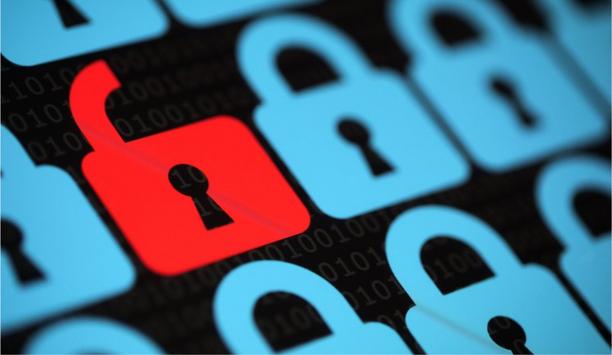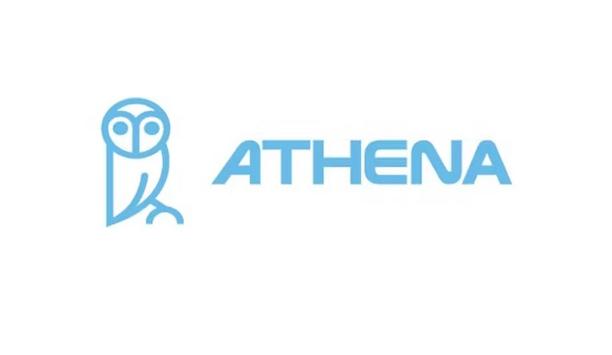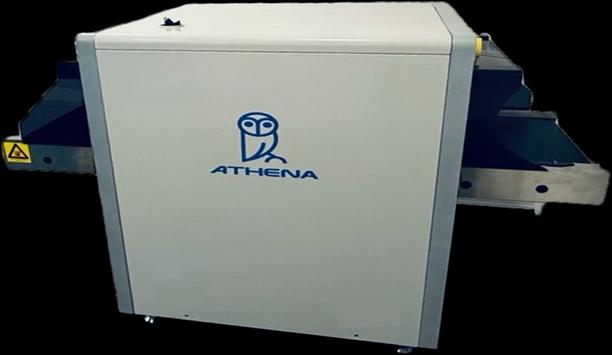Christopher Ciabarra

Christopher Ciabarra
CTO, Athena Security, Inc.Chris is a serial entrepreneur and security expert with over 20 years experience using technology to detect and prevent threats. He has dedicated his career to building proactive solutions to security threats. He is an anti-hacking expert who pioneered network security solutions during the dot-com boom, and mobile payment security during the rise of mobile computing. Chris is an award-winning innovator, published author, and member of the Forbes Technology Council. But above all he is an inventor dedicated to making the world a better place. From 2010 – 2017 he co-founded and was the CTO of Revel Systems, helping grow it from 0 to 800 employees and a $500 million evaluation. Chris developed the technology behind the company’s iPad point-of-sale system. When everyone said it was impossible, Chris made it happen. Chris also designed Athena to create a safer world - one where real threats are quickly identified and neutralized, and where the innocent wouldn’t be profiled as a threat without just cause. Christopher is also a certified Thermographer, which is the study of infrared devices and how they work and should be operated.
Articles by Christopher Ciabarra
IP cameras for video surveillance has been a trending topic amongst enterprises across the world due to rising concerns for security and safety. IP CCTV cameras are revolutionizing security measures,...
There are many companies jumping into selling temperature detection systems to the state, local governments, hospitals, airports and local businesses, but do they know how to drive one? Anyone can get...
News mentions
Athena Security, a pioneer in AI-driven physical security solutions, has announced the launch of its new Hospital Visitor Management System (VMS) on the Apple iPad. Purpose-built to meet the critical...
Athena Security, a trailblazer in AI-enabled weapons detection screening technology, will introduce two innovations at ISC West 2025, in Las Vegas, Nevada, USA, on April 2, 2025. The new Telepresence...
Athena Security Weapons Detection System, a global provider of advanced, AI-enabled security solutions, has launched its newly created 'Workforce Multiplier' weapons detection system with integrated A...
































